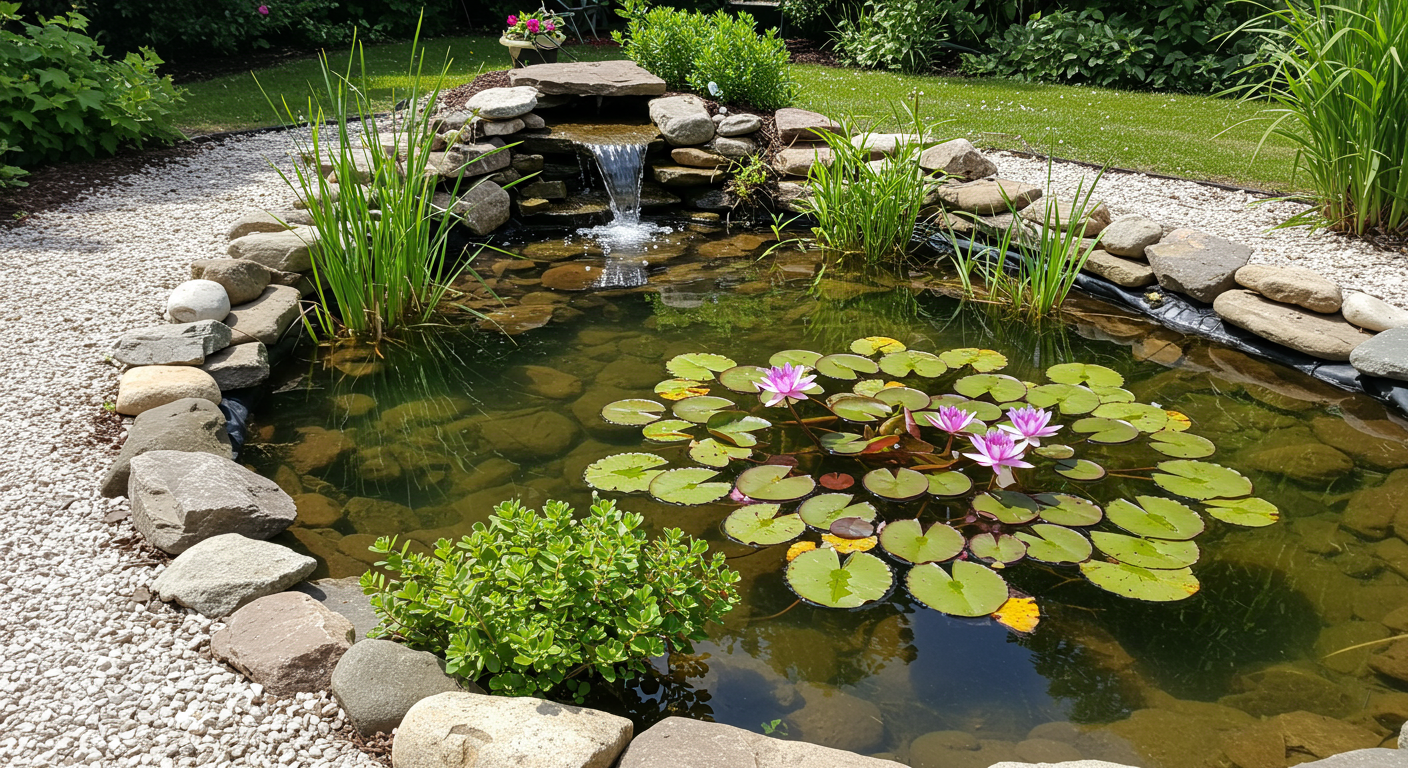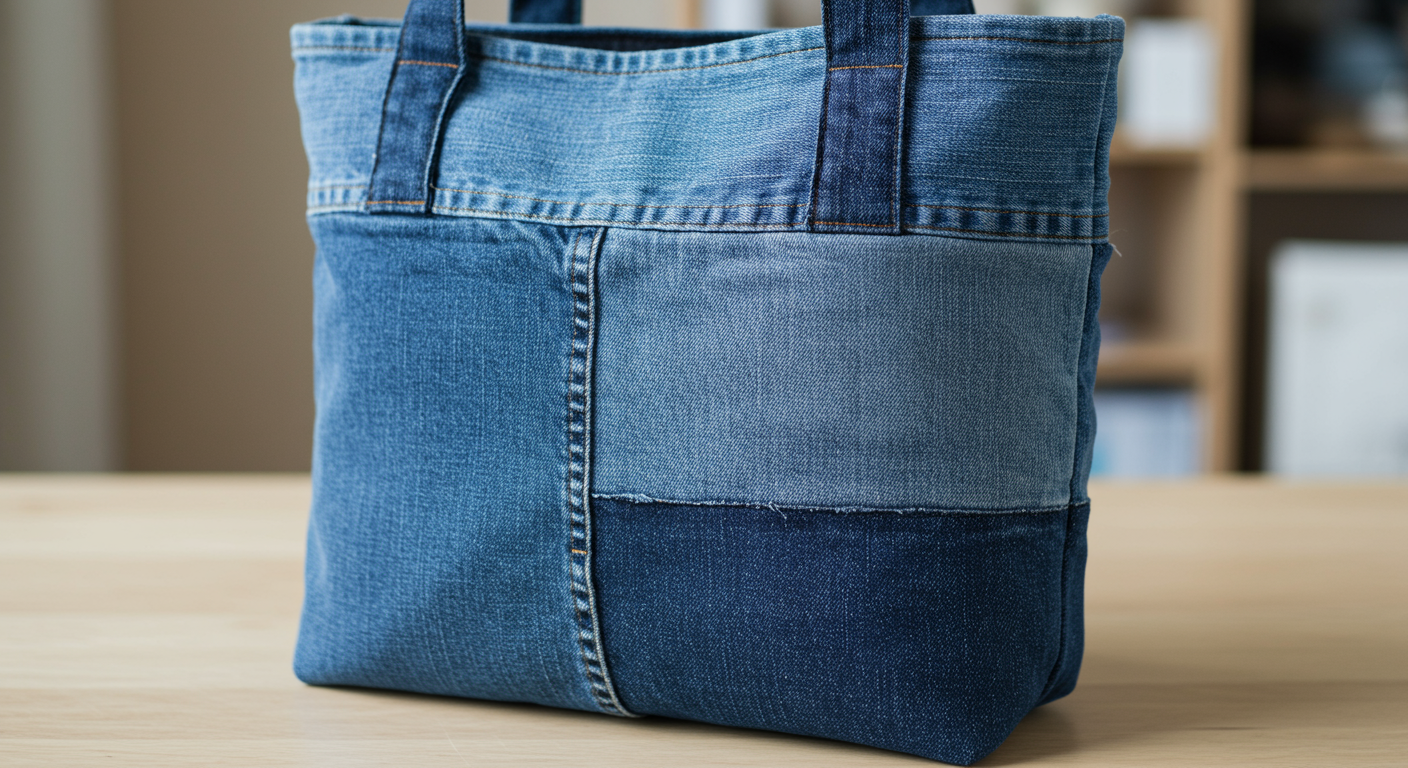Now Reading: DIY Idea: Create a Shaded Oasis with Fabric Shade Sails
- 01
DIY Idea: Create a Shaded Oasis with Fabric Shade Sails
DIY Idea: Create a Shaded Oasis with Fabric Shade Sails

Why Choose Fabric Shade Sails?
Summer is wonderful, but the scorching sun can make spending time outdoors unbearable. That’s where fabric shade sails come in! They’re a fantastic DIY project that offers numerous benefits:
- Affordable Shade: Compared to permanent structures like pergolas or awnings, shade sails are a budget-friendly option.
- Stylish Design: Shade sails add a modern, architectural touch to any space. They come in various shapes, sizes, and colors, allowing you to customize your outdoor décor.
- Easy Installation: With the right tools and a little effort, you can install shade sails yourself.
- Versatile Application: Perfect for patios, decks, gardens, pools, and even playgrounds, shade sails can adapt to any outdoor setting.
- UV Protection: High-quality shade sail fabrics block harmful UV rays, protecting you and your family from sunburn.
Ready to transform your sun-baked backyard into a cool and inviting oasis? Let’s get started!
Materials and Tools You’ll Need
Before diving into the construction process, gather the necessary materials and tools. This will streamline the project and prevent any frustrating mid-build trips to the hardware store. Here’s what you’ll need:
- Shade Sail Fabric: Choose a high-density polyethylene (HDPE) shade sail fabric that’s UV-resistant and water-permeable. Measure your desired shade area carefully to determine the appropriate fabric size. Consider the shape you want – triangle, square, or rectangle are common choices.
- Anchor Points: These will secure your shade sail. Options include:
- Existing Structures: Sturdy trees, walls, or building columns can be used as anchor points. Ensure they are structurally sound and capable of withstanding the tension of the shade sail.
- Posts: If existing structures aren’t available, you’ll need to install posts. Use treated lumber or steel posts, buried deep enough to provide stability. Concrete footings are essential for post stability.
- Mounting Hardware: Choose stainless steel hardware for durability and rust resistance. You’ll need:
- Eye Bolts/Pads: These attach to your anchor points.
- Turnbuckles: Used to tighten and adjust the shade sail tension.
- Snap Hooks/Carabiners: Connect the shade sail corners to the turnbuckles.
- Rope or Cable (Optional): For longer distances between the shade sail and anchor points.
- Tools:
- Measuring Tape
- Drill with appropriate drill bits (for wood or metal posts)
- Wrench or Adjustable Wrench
- Shovel (for post installation)
- Concrete Mix (for post footings)
- Level
- Ladder
- Safety Glasses
- Gloves
Step-by-Step Guide to Installing Your Fabric Shade Sail
Now for the fun part – installing your shade sail! Follow these steps carefully for a successful and safe installation:
- Plan Your Layout: Before you start drilling or digging, carefully plan the layout of your shade sail. Consider the direction of the sun, the desired shade area, and the available anchor points. Draw a diagram to visualize the final result. Remember to allow for some sag in the shade sail for proper tensioning and water runoff.
- Install Anchor Points (if needed): If using existing structures, inspect them for sturdiness. Attach eye bolts or pads securely to the structures. If installing posts, dig holes at least 2-3 feet deep and wide enough to accommodate the posts and concrete footings. Set the posts in the holes, ensuring they are plumb (perfectly vertical) using a level. Pour concrete mix into the holes, following the manufacturer’s instructions. Allow the concrete to cure completely before proceeding.
- Attach Mounting Hardware: Attach eye bolts or pads to the posts (if using). Connect turnbuckles to the eye bolts/pads using snap hooks or carabiners.
- Attach Shade Sail to Hardware: Connect the corners of the shade sail to the turnbuckles using snap hooks or carabiners.
- Tension the Shade Sail: Use the turnbuckles to tighten the shade sail gradually. Apply even tension to all corners to avoid uneven stress on the fabric and anchor points. Don’t overtighten, as this can damage the shade sail or anchor points. Aim for a taught but flexible surface.
- Final Adjustments: Once the shade sail is installed and tensioned, inspect it for any wrinkles or sags. Make any necessary adjustments to the turnbuckles to achieve a smooth and even surface.
No products found.
Tips for a Successful Shade Sail Installation
Here are some tips to ensure your shade sail installation is a success:
- Consider the Sun’s Path: Observe the sun’s movement throughout the day to determine the optimal placement for your shade sail.
- Choose the Right Size and Shape: Select a shade sail that’s appropriately sized for your space and complements your outdoor décor. Triangular sails are good for corners, while square or rectangular sails provide more shade coverage.
- Use High-Quality Materials: Invest in durable shade sail fabric and stainless steel hardware to ensure longevity.
- Proper Tensioning is Key: Too little tension will result in a saggy shade sail, while too much tension can damage the fabric or anchor points.
- Leave Room for Sag: Allowing a slight sag in the shade sail is essential for proper tensioning and water runoff.
- Consider Wind Conditions: In areas with high winds, consider using stronger posts and hardware, and ensure the shade sail is securely anchored. You may also want to consider taking the shade sail down during extreme weather.
- Consult with a Professional: If you’re unsure about any aspect of the installation process, don’t hesitate to consult with a professional contractor or landscaper.
Maintaining Your Shade Sail
To keep your shade sail looking its best and ensure its longevity, follow these maintenance tips:
- Regular Cleaning: Wash the shade sail periodically with mild soap and water to remove dirt and debris. A garden hose or pressure washer (on a low setting) can be used for cleaning.
- Inspect Hardware Regularly: Check the anchor points, turnbuckles, and snap hooks for any signs of rust or damage. Replace any worn or damaged hardware immediately.
- Take Down During Extreme Weather: In areas with strong winds or heavy snowfall, it’s best to take down the shade sail to prevent damage.
- Store Properly When Not in Use: When storing the shade sail, ensure it’s clean and dry. Store it in a cool, dry place away from direct sunlight.
With proper installation and maintenance, your fabric shade sail will provide years of comfortable shade and stylish appeal to your outdoor space!
No products found.















